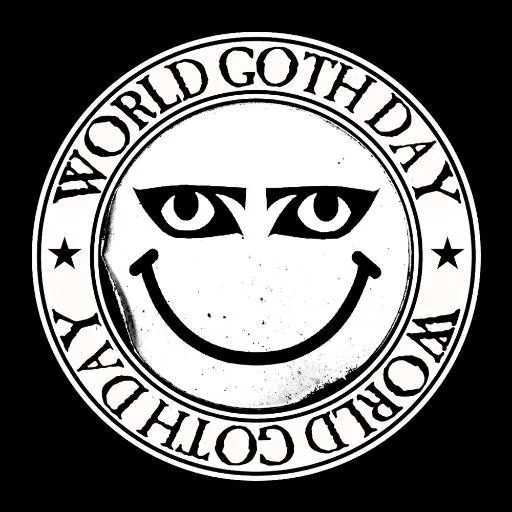Post Punk
Post-Punk emerged from punk rock’s raw energy in the late 1970s. It pushed beyond punk’s simple sound. This genre sought greater experimentation and depth.
Musicians explored new structures and themes. Basslines often took a melodic lead. Guitars were sharp, angular, or shimmering. Drums provided complex, danceable rhythms. Keyboards added atmospheric textures. Lyrics grew more introspective and abstract. Artists drew influences from funk, dub, and avant-garde art.
Pioneering bands shaped this unique sound. Joy Division, The Cure, and Siouxsie and the Banshees led the way. Gang of Four brought a political, jagged edge. Post-punk became a diverse, influential movement. It laid groundwork for alternative rock and more.

World Goth Day
A Celebration of Darkness and Individuality Every year on May 22nd, the world unites under a single banner of black lace, eyeliner and ethereal melodies to celebrate World Goth Day. What began as a small idea in the UK has evolved into an international day of recognition for the Goth subculture, a movement that blends…

